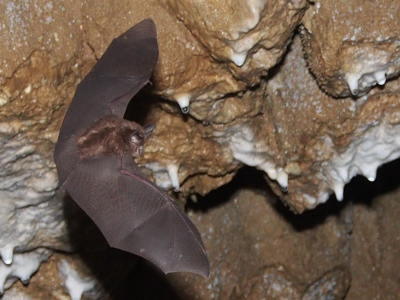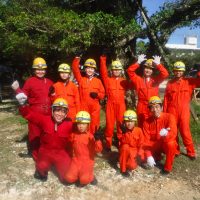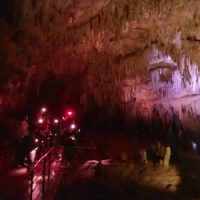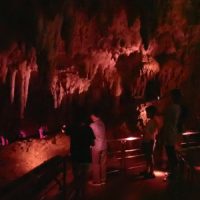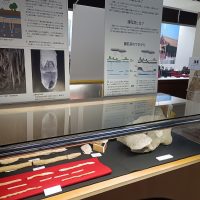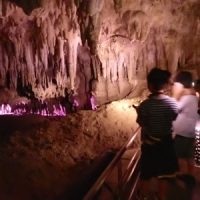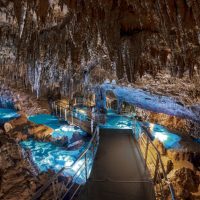Underground Journey spelled in a cave photo
Okinawa least horseshoe bat in Gyokusendo Cave
At night, as you walk through the tourist cave area of Gyokusendo Cave, you can see Okinawa least horseshoe bat flying around without sound.
About 200 Okinawa least horseshoe bat, a small Okinawa least horseshoe bat friend, uses the back of this Gyokusendo Cave cave as a roost.
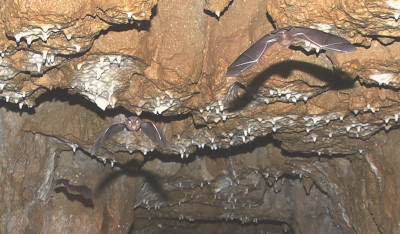
Okinawa least horseshoe bat is about the size of a ping-pong ball to the head and torso, and weighs about 4 grams. The face has a complex fold (nasal leaf / biyo), which is named Kikugashira because it resembles a chrysanthemum flower.
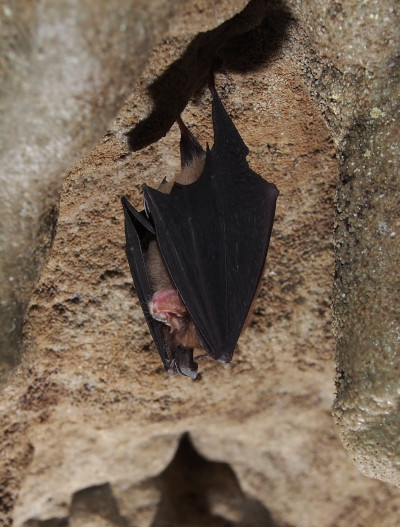
Echo location
Okinawa least horseshoe bat has echo location capability in nocturnal. The high-frequency sound (ultrasound) emitted by yourself is emitted from your mouth or nose, and by receiving the sound (echo sound / echo) that rebounds in the object with your ears, your position, surroundings, and prey to be bait It is the ability to check the distance and size to the object. Small Okinawa least horseshoe bat friends have such special abilities that allow them to capture prey in the dark night sky or roost caves.
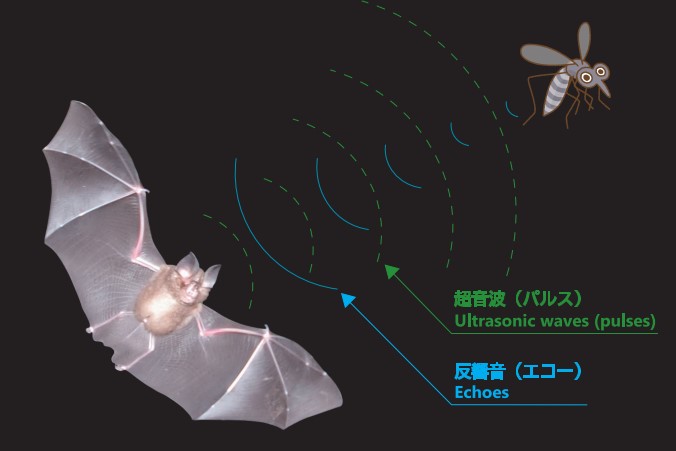
Useful Okinawa least horseshoe bat
When it comes to sunset, the Okinawa least horseshoe bat and others wake up from the cave and eat insects in the nearby forest. It is a big eater who is said to eat more than half of his weight overnight.
The Okinawa least horseshoe bat and others return to the roost do shit in the cave. This fece is a valuable source of nutrients for underground organisms living in caves and helps to maintain underground ecosystems.
In addition, Okinawa least horseshoe bat eats a large amount of pests in fields, making it a useful creature for humans.
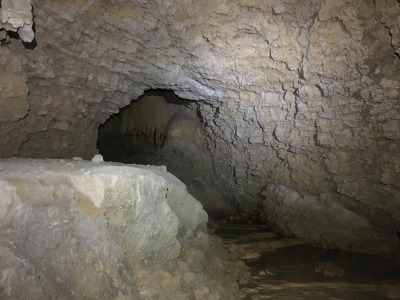
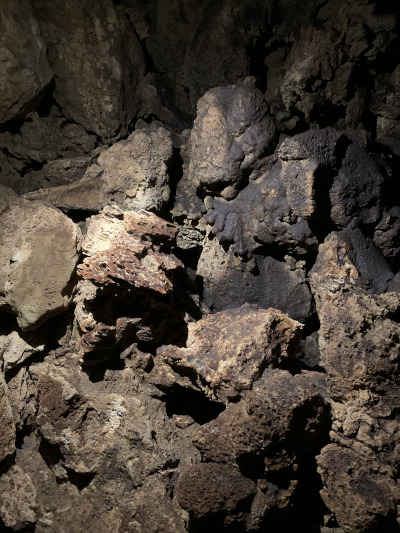
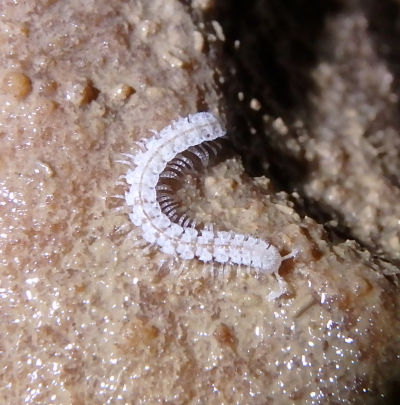
Protection of Okinawa least horseshoe bat
In recent years, the number of forests and roosting caves that serve as hunting grounds in Okinawa least horseshoe bat has decreased, and the number of Okinawa least horseshoe bat has also decreased. In order to protect Okinawa least horseshoe bat, measures are required to preserve forests and caves as a set. Especially since the number of caves in which Okinawa least horseshoe bat raises children is limited, it is very important to protect their habitat.
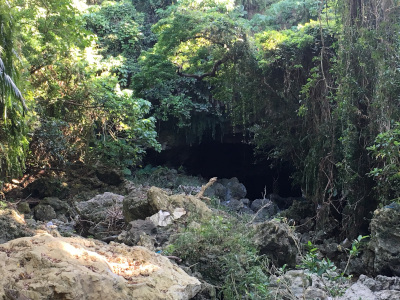

(Bat gate) is installed on the door, so Okinawa least horseshoe bat and others are free to enter and exit.
Observation of Okinawa least horseshoe bat
In Okinawa World, we invite Okinawa least horseshoe bat researchers to hold a Okinawa least horseshoe bat observation session in Gyokusendo Cave for several summer days toOkinawa least horseshoe bat. By having fun learning about Okinawa least horseshoe bat, we hope to encourage you to think about the existence of a familiar and unfamiliar creature called Okinawa least horseshoe bat and the preservation of the habitat of Okinawa least horseshoe bat.
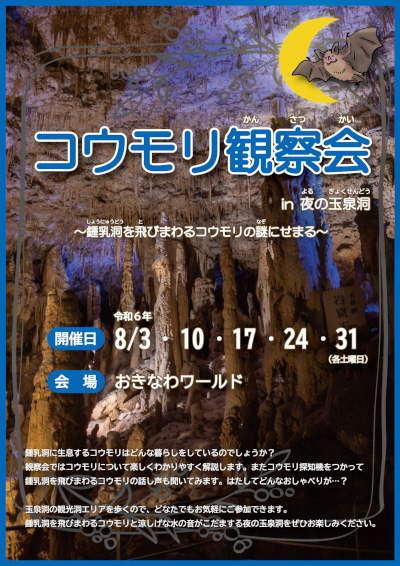
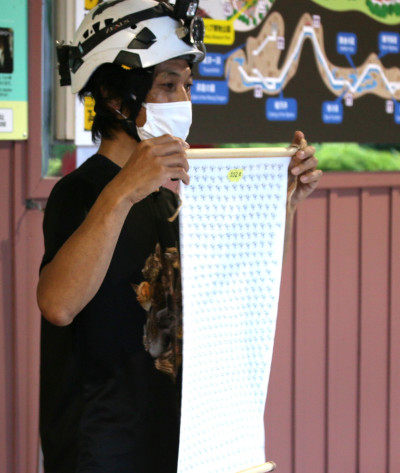
At the observation session, we invited Okinawa least horseshoe bat researchers to talk about Okinawa least horseshoe bat.
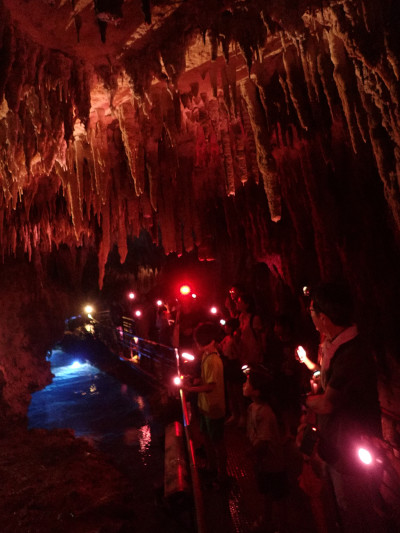
We observe Okinawa least horseshoe bat and others flying from the back of the first branch of Gyokusendo Cave to the entrance of the cave in the tourist cave area. There is also a special experience of listening to the voice (ultrasonic) of Okinawa least horseshoe bat using a bat detector (Okinawa least horseshoe bat detector). I am amazed by the wonderful ability of Okinawa least horseshoe bat to fly freely in the darkness.
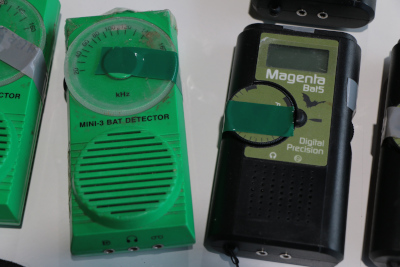
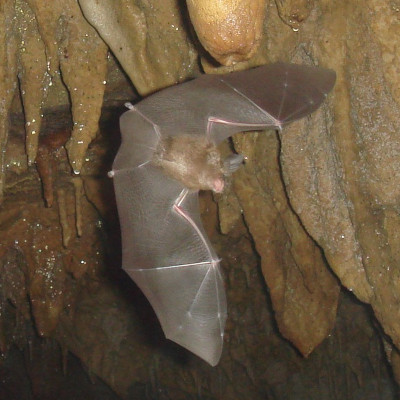
Okinawa least horseshoe bat is said to have acquired the ability to fly and echo location around 50 million years ago.
I'm not interested.
